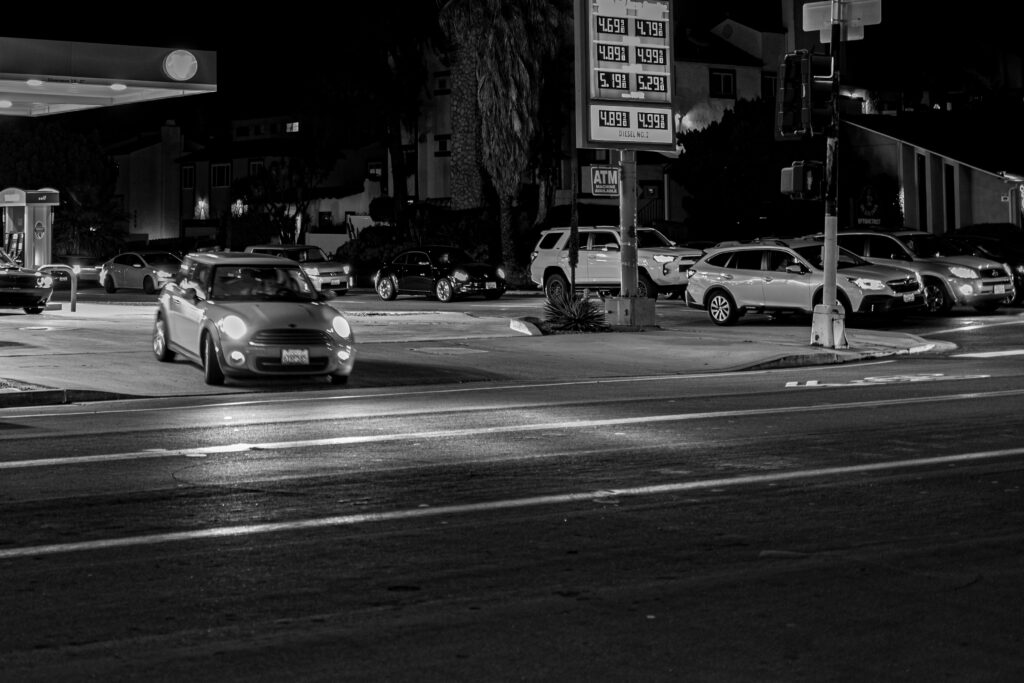My work blog for JupiterResearch disappeared after Forrester’s acquisition during Summer 2008. I had long left the analyst firm and smartly brought a copy of all the content with me. On April 7, 2005, I griped about Congress’ plan to add two months to Daylight Saving Time, which, incidentally, commenced day before yesterday for 2022.
This afternoon, my newsfeeds flared with a report from Washington, D.C. that our, uhm, illustrious senators unanimously voted for the so-called Sunshine Protection Act, which would make DST permanent. Meaning: Year-round. I am almost impressed by their god-like gall—that they, and they alone, can protect the sun. Okay, they do need cooperation of the House of Representatives drafting like legislation and signature from the President. But aren’t they, as a collective group, one big ego? You don’t need answer.
My sentiment about the extra two months, written nearly 17 years ago, is even more appropriate about never-ending DST:
I remember the energy crisis of 1973, when in response Congress kept Daylight Saving Time year round. Before acting rashly, maybe Congress should take a look back and see if extending Daylight Saving Time really saved any money. Oh, I remember the inconvenience–getting up for school in pitch black, with only the Milky Way and occasional Aurora for companionship (because you couldn’t see your friends!). Geographically, Northern Maine is in the Atlantic Time Zone, but timetically in the Eastern Time Zone. Daylight Saving in the winter just saved more night for the day.
That last sentence is the point (and, yes, I know that timetically is a made-up word). Saving more night for the day means a whole lot of morning activity occurring in the dark, such as early commuting and school drop-offs. If I rightly recall, continuous DST lasted for two years during the energy crisis. The return would officially start in November 2023, if current proposals are adopted.
Let’s look at what that really means. On Dec. 21, 2023, the first official day of Winter in the Northern Hemisphere, here in San Diego under permanent DTS: Sunrise at 7:48 a.m. Washington, D.C.: 8:24 a.m. Seattle, Wash.: 8:56 a.m. You do see the problem—all those people stumbling around in the dark to get the normal early start to the day.
How many people will die, unless lucky enough to only be injured, because of traffic accidents involving bikers, pedestrians, or other motor vehicles? How much more air pollution might be busier rush-hour commuter traffic, because of darkness driving? So on and so on—and that’s without tallying up all the logistical issues, such as with other countries operating on standard time. With neighbors Canada and Mexico, the extra hour could lead to all kinds of unforeseen consequences.
Enough said. I’m not a fan. If Congress really wants to fiddle with the clock, how about make Standard Time year-round? Hey, it works for Arizona and Hawaii—and, by my count, more than 120 countries also do not switch to DST. Hey, just saying.
I hadn’t a prepared photo and so had to fudge a bit. I originally shot the Featured Image, on Feb. 25, 2022, to illustrate rising gasoline prices. Now the darkness and traffic are put to different illustration. Vitals, aperture manually set: f/1.7, ISO 320, 1/15 sec, 28mm; 8:01 p.m. PST. Camera: Leica Q2 Monochrom.
